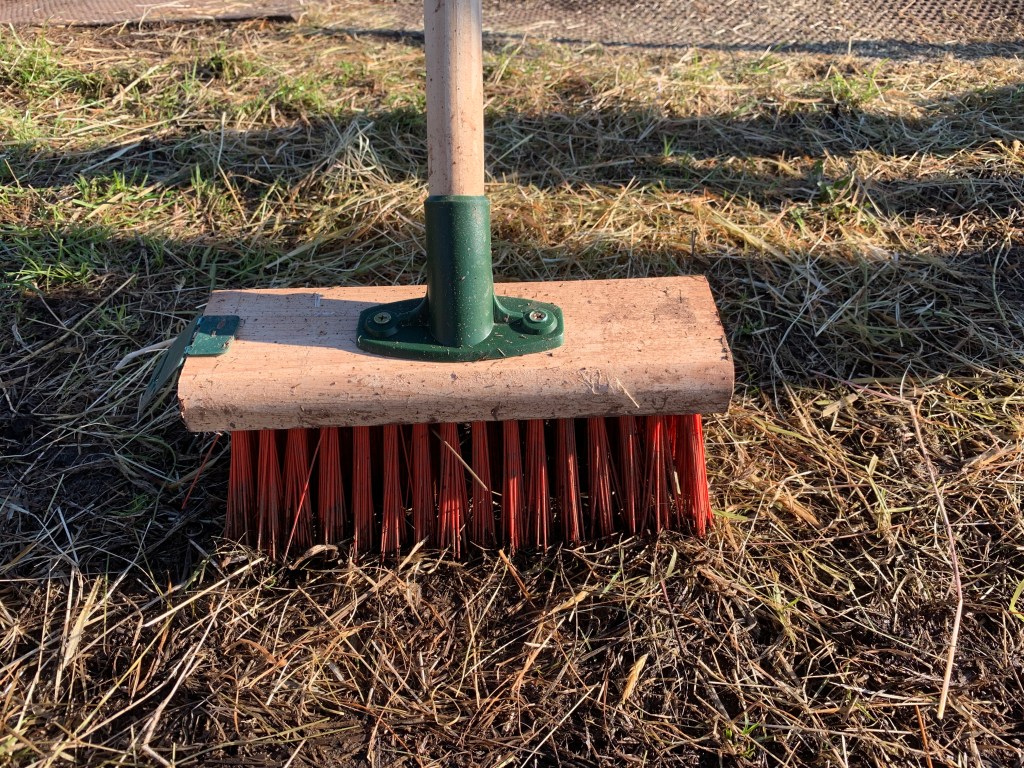Horses make me late. They sometimes make me late for work, where on arrival I rush to a discreet space to brush hay from my hair, clean my mud-stained-hands and slip on a clean jacket. On really late days, I forget my shoes.
Last week the horses made me late twice. The first time, after feeding, picking out hooves and clearing the mats around their hay tyre, I climbed into my truck and headed off to teach a morning of philosophy. It was a beautiful frosty morning and all I could think about as I drove in my wellies was whether I really did have a spare pair of shoes in the back.
Thinking I might have to teach in my socks, I was relieved to find the shoes squashed under a camping chair and a horse rug. My day continued until I was late for another class because I had to wait for my students outside the drama studio, where I sometimes teach, to redirect them to another room. Some of the students were late to my lesson because they had been held up by the previous lesson.
My second late episode happened a few days later when I left the yard with just 15 minutes to cross town to reach a meeting at a primary school. In my anxiety to make the meeting on time, I missed the turning to the school and had to U-turn. Again, I was fretting because I thought I would not have time to change out of my muddy boots and waterproofs. I did change outside my car and then because I was unsettled, I went to the wrong school gate. By the time I cleared the school security, I saw that all the other meeting attendees were inside waiting for me. I was precisely seven minutes late to this meeting and I apologised, saying in explanation that I had ‘been with the horses.’
And so it goes, the horses ‘making’ me perpetually late. Sheranni made me miss a train to London once because he wouldn’t go back into his field fast enough. I was convinced he was playing with me as he slowly sauntered down the lane, oblivious of my need for him to hurry. That was hard to forgive.
My reading this week has inspired me to think differently about my lateness. Instead of looking to blame the horses for not getting me to my class on time, as if the horses really could be responsible for what is clearly my own failure to prepare or think ahead, I’m looking at response-ability.
“I define response-ability as the ability to choose one’s response to a situation. It’s about focusing on the aspects of reality that you can influence, instead of being victimized by circumstances that you cannot. It’s about being the main character of your own life. Instead of asking, ‘why is this happening to me?’ a person who is response-able asks, ‘what can I do when this happens? Response-ability means you don’t take anything personally. It doesn’t rain on you; it just rains, period. Instead of blaming the rain, you carry an umbrella to stay dry when it rains. And if you get wet, you know it’s because you didn’t bring an umbrella, because you were not prepared.”
The Meaning Revolution. Leading with the Power of Purpose. Fred Kofman 2018
Of course, blaming the horses is simply an excuse for lateness; my own version of forgetting to bring an umbrella when it rains (which I frequently do) and my excuse is sloppy. My excuse is embarrassing because each time I’m late, I’m looking for a way to duck responsibility for not being on time. The horses are ever-present in my life and I take my responsibilities for their welfare very seriously. Reading Fred Kofman, is making me wonder why I’m so selective about certain responsibilities. Could I be more response-able instead?
In his book, Fred Kofman goes into the lateness thing in some detail. You might think that it doesn’t matter. I wouldn’t be annoyed with a friend for keeping me waiting because I know I have kept others waiting, but I also know how delighted and impressed I am when someone shows up on time for a meeting with me. I also know that when I reach work or a meeting without rushing, I feel better in myself. I feel that I am the main character in my own life. Knowing this won’t stop me being late. There may still be times when I am held up in roadworks or stalled in a flood, but my explanations for my lateness won’t be blaming the roadworks or the flood.

Spending time with horses never makes me late.


